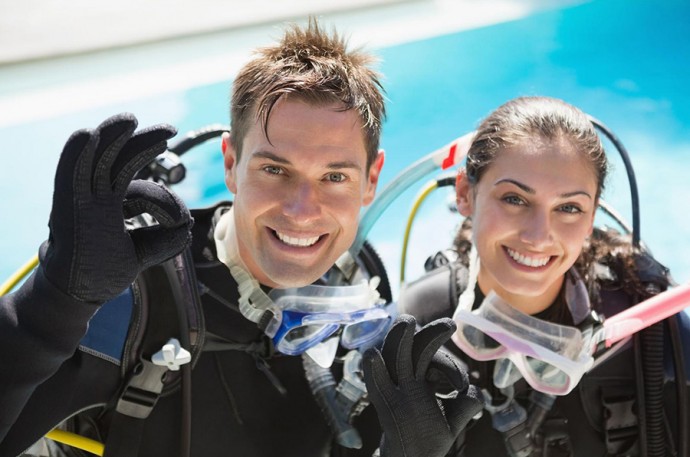Scuba gear is a long term investment. You need to purchase equipment that protects your life and increases the enjoyment while you are enjoying this hobby.
Purchasing a quality scuba diving mask in the first place will save you frustration and money in the long run. With proper maintenance, it will last quite some time.
A scuba mask should have a silicon seal that acts a suction to prevent water from seeping through. Obviously, you will want to check the seal and its fit to your face. Hold the mask up to your face and inhale through your nose. This will remove air in the mask and create a suction. While holding your breath, try to remove the mask. If it has a good seal, you will hear and feel a popping. If it removes easily, the mask may be too large or provide an insufficient seal.
Accessibility to your nose is another factor to consider. You will need to pinch your nose to equalize the air pressure as you descend. So, while you have the mask on, try to close both your nostrils with your fingers. If you have difficulty or cannot reach your nose, try another mask.
Visibility is also important. Check for peripheral vision while wearing the mask by pointing your arms straight ahead, as if you were about to dive into a pool. At this point, you should see both your hands. Now, slowly move your arms apart and there will be a point at which you can no longer see your hands/arms. That will be the extent of your peripheral vision while wearing the mask. Without a mask, your peripheral vision should be around 180 degrees. So, with a mask on anything around 100 degrees or more will give you good vision while diving.
If you have more questions, just contact Sharky Scuba in Ottawa.





